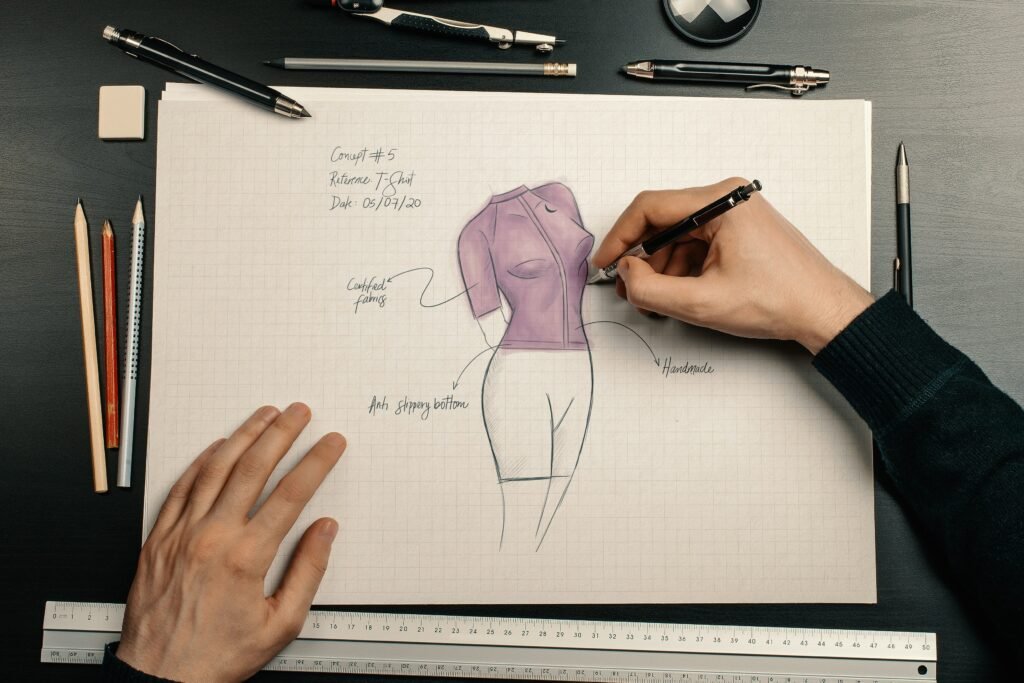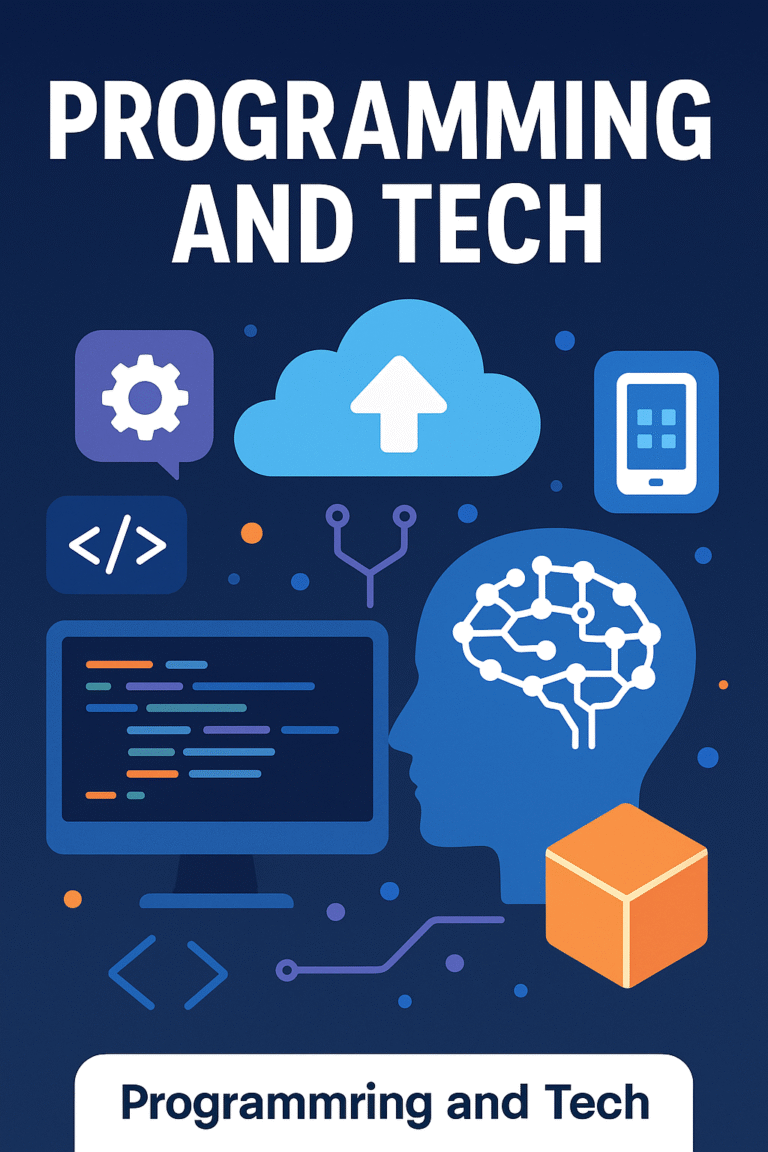
In the digital age, video and animation have become essential tools for communication, marketing, education, and entertainment. Whether it is a short video on social media, a product explainer animation, or a high-end 3D film, visual content has the power to capture attention and deliver messages effectively. By 2025, video is expected to make up over 80% of all online content consumed, highlighting the growing importance of this medium.
This article explores why video and animation matter, their benefits for businesses, the different types available, the best tools to use, and the future trends shaping the industry.
Why Video and Animation Matter
Video is one of the most engaging forms of content. Research shows that people retain up to 95% of a message when they watch it in a video, compared to only 10% when reading it as text. Animation enhances this impact by making complex ideas simple and visually appealing.
Businesses, educators, and content creators all rely on video and animation to:
- Build stronger connections with their audiences.
- Deliver clear and memorable messages.
- Stand out in an increasingly competitive digital world.
Types of Video and Animation
Explainer Videos

Short animated clips that explain how a product or service works. They are especially effective for startups and tech companies.
Promotional Videos
Used in marketing campaigns to generate awareness and drive sales. They often combine live action with animation for greater impact.
Educational Videos
Popular in e-learning, tutorials, and training. Animation makes complex topics easier to understand and keeps learners engaged.
2D and 3D Animation
2D animation is simple, cost-effective, and widely used for ads and cartoons. 3D animation, on the other hand, creates lifelike visuals and is essential in industries like gaming, film, and product design.
Motion Graphics
Animated text and visuals used in branding, presentations, and social media campaigns. They help businesses look professional and innovative.
Benefits of Video and Animation for Businesses
- Boosts Engagement – Videos are more likely to be shared and remembered than static images.
- Increases Conversions – Landing pages with videos can increase conversion rates by up to 80%.
- Strengthens Brand Identity – Unique animations help businesses create a memorable identity.
- Simplifies Complex Ideas – Motion graphics make difficult topics easy to digest.
- Improves SEO – Websites with video content rank higher on Google and attract more traffic.
Tools for Creating Video and Animation
- Adobe After Effects – A professional tool for motion graphics and visual effects.
- Blender – Free and open-source, perfect for 3D animation.
- Adobe Premiere Pro / Final Cut Pro – Industry-standard video editing software.
- Canva – Beginner-friendly tool for simple animated posts and videos.
- Powtoon / Animaker – Easy-to-use platforms for creating explainer videos and animated presentations.
Future Trends in Video and Animation (2025 and Beyond)
- AI-Powered Animation – Artificial intelligence will speed up video production and reduce costs.
- Interactive Videos – Content that allows viewers to make choices will grow in popularity.
- AR and VR Experiences – Immersive technology will change how businesses present products and train employees.
- Short-Form Videos – Platforms like TikTok, Instagram Reels, and YouTube Shorts will dominate consumer attention.
- Personalized Video Ads – Data-driven video marketing will deliver highly targeted content.
Case Studies: How Industries Use Video and Animation
- Education – Universities use animations to make online learning more interactive.
- Healthcare – Hospitals create explainer videos to educate patients about treatments.
- E-commerce – Online stores use product demo videos to increase trust and sales.
- Entertainment – Streaming platforms rely heavily on animated content and trailers to attract subscribers.
Best Practices for SEO and Distribution
- Optimize video titles, descriptions, and transcripts with the focus keyphrase “Video and Animation.”
- Host videos on YouTube or Vimeo and embed them on your site.
- Provide captions and transcripts to improve accessibility and search engine indexing.
- Use structured data (VideoObject schema) to help Google understand your content.
- Repurpose long videos into shorter clips for social media platforms.
Conclusion
In 2025, video and animation will continue to dominate digital marketing and storytelling. Businesses, educators, and content creators who embrace these tools will enjoy higher engagement, stronger brand recognition, and increased growth opportunities. By combining creativity with technology, and following SEO best practices, you can ensure that your video and animation strategies reach the right audience and deliver real results.








